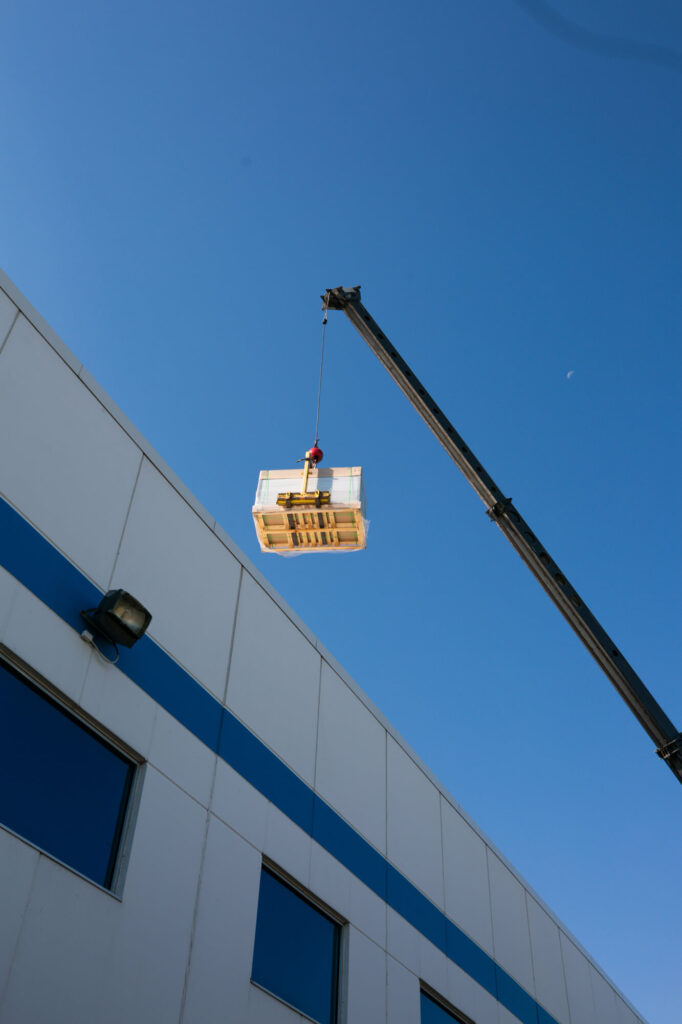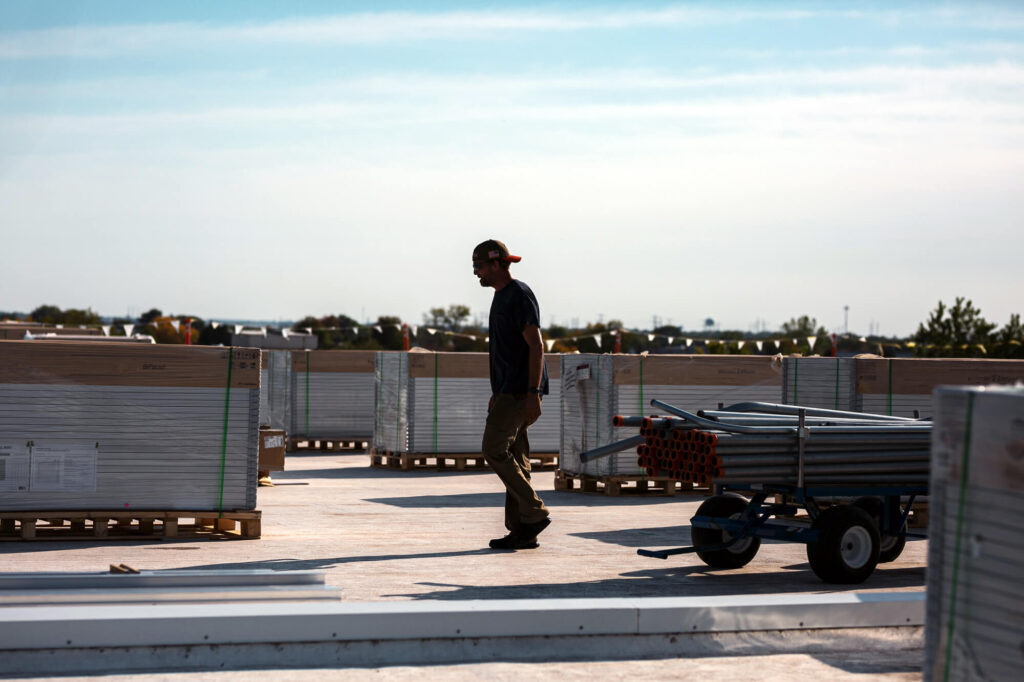Building a microgrid takes several stages, from specifying the detailed requirements for the energy storage components to designing the solar farm and flywheel.

Where do we begin?
Some of the initial steps were to understand the detailed requirements of the features and components, like energy storage and ride-through power in conjunction with a rooftop solar farm. Next, we identified the technology pieces:
- Bifacial panels for the solar farm
- A vanadium redox flow battery for energy storage
- A flywheel for ride-through power
We went through engineering studies for the installation locations to ensure they could sustain the weights. Also, we undertook extensive design research for the flywheel and energy storage foundations. They weigh over 50 tons and 110 tons, respectively, and must withstand the 25-year life span.
How do we combine those standalone components to become a system?
We designed a medium voltage loop employing magnetically operated switchgear, miles of medium voltage cable, arrestors, and rubber goods (such as elbows).
In addition, we needed a connection between the controls. Given the localized area of the system, the most suitable communication medium is fiber optic cable. We went through tunneling and placed the conduits underground before running the cables (medium-voltage and fiber).

What are the next steps?
Once the components become a system, it requires the commissioning of each piece and performing a system test. This process involves a collaboration between multiple parties – the cooperation of the local utility, the contractor managing the installation, the vendors of the components, and, of course, G&W Electric’s automation engineering team and their maintenance team.
Follow our updates on the website and social media to keep up with our progress and learn more.
